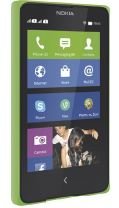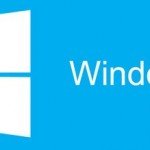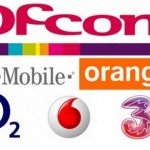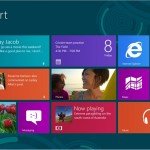Microsoft going Android
Followers of smartphone news will know that there are three main companies that make operating systems for mobiles: Google, Apple and Microsoft. It has always been a three-horse race – but it could have just become a two-horse one, thanks to Microsoft’s decision to release the Nokia X, which is a smartphone that runs Google’s Android operating system. This isn’t the version of Android you’ll find on most Android phones – it’s Android Open Source Project (AOSP).
 This is a minimalist variant of the operating system that doesn’t include any Google apps or services, so you won’t find Gmail or Google Maps on it. Instead, it’s been ‘reskinned’ to look and perform like Microsoft’s Windows operating system, complete with its distinctive coloured tiles and OneDrive, Outlook and Skype apps. But why has Microsoft decided to embrace one of its biggest competitors? The X2 is aimed at the lower end of the smartphone audience, with an attractive sub-£100 price tag that should appeal to emerging markets and casual users. The hope is that people will buy the phone, and then migrate onto Windows Phone 8 devices when they upgrade. It’s a risky strategy.
This is a minimalist variant of the operating system that doesn’t include any Google apps or services, so you won’t find Gmail or Google Maps on it. Instead, it’s been ‘reskinned’ to look and perform like Microsoft’s Windows operating system, complete with its distinctive coloured tiles and OneDrive, Outlook and Skype apps. But why has Microsoft decided to embrace one of its biggest competitors? The X2 is aimed at the lower end of the smartphone audience, with an attractive sub-£100 price tag that should appeal to emerging markets and casual users. The hope is that people will buy the phone, and then migrate onto Windows Phone 8 devices when they upgrade. It’s a risky strategy.
AOSP is a fairly limited version of the operating system, and Google’s apps are a major part of usual Android experience. While Microsoft’s apps are meant to make up for the lack of Google’s, they’re designed for Android and therefore don’t fit into the overall operation of the phone as neatly as they would on a Windows phone. This straddling of the two operating systems could well cheapen the Microsoft and Nokia brands in the eyes of people who own the phones, pushing them away into the welcoming arms of Android.
It’s slightly odd that Microsoft has built the device at all – the news that Windows 8 is now free for phones and tablets means that low-cost devices should be plentiful. Reading between the lines, it seems that Microsoft has created what is essentially a demonstration device – something that shows off Windows phones a little without giving users a full experience. Microsoft says it’s all part of a grander strategy that puts services such as Bing search and Skype above operating systems such as Windows, but this could turn out to be another nail in the company’s coffin.


























